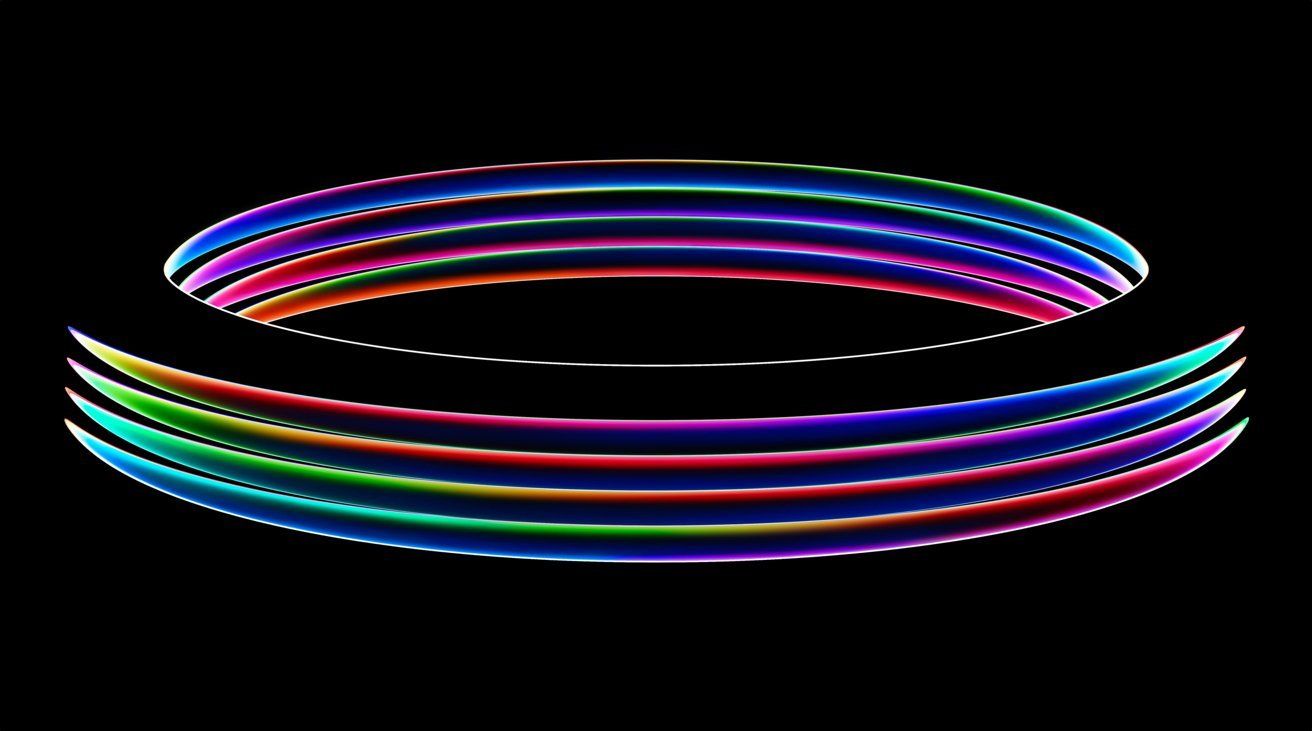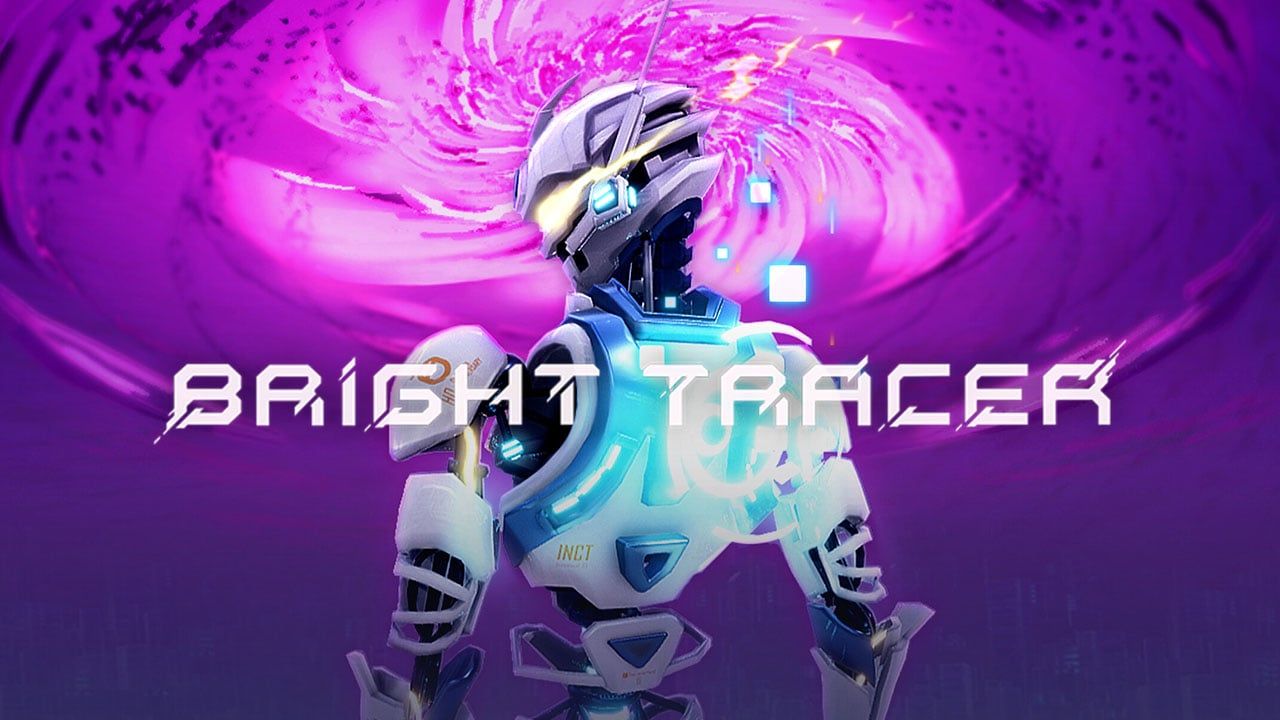Apple's Mixed Reality Headset
Here’s everything we might know about Apple’s long-rumored XR device.
The rumors about Apple’s rumored mixed-reality headset have been gaining some big momentum thanks to a recent tweet from Palmer Luckey alluding to the fact that he has seen and tried the mystery device.
As if that wasn’t exciting enough, during a Twitter Spaces conversation Luckey elaborated on his earlier comment, saying that he hasn’t even seen the final version of the Apple headset. “I have an early version that is very good. I believe that the company is following a smart strategy by making virtual reality more accessible to everyone before it becomes a mainstream product.”
It’s widely expected that Apple will unveil a new mixed reality headset, possibly called Reality Pro, at its next WWDC event on June 5th, and thanks to some recent sleuthing from Brad Lynch who was able to find the Bill of Materials (BoM) costs, which is about $1,500 to $1,600. The final MSRP is expected to land somewhere around $3,000, according to speculation.
The Apple headset is so good. — Palmer Luckey (@PalmerLuckey) May 14, 2023
Despite the abundance of recent rumors about the upcoming Apple headset, it’s still hard to tell exactly what Tim Cook and the company will unveil during their annual event. A report by The Information provided us with a more accurate picture of the rumored device thanks to an inside source.
Reported Apple MR Specs
Resolution: Dual Micro OLED displays at 4K resolution (per eye)
FOV: 120 degrees, similar to Valve Index
Chipset: Two 5nm chips. Includes a main SoC (CPU, GPU, and memory) and a dedicated image signal processor (ISP). Chips communicate via a custom streaming codec to combat latency.
Battery: Waist-mounted battery, connected via MagSafe-like power cable to the headset’s headband. Two-hour max battery life, although hot-swappable for longer sessions.
Passthrough: ISP chip contains custom high-bandwidth memory made by SK Hynix, providing low latency color passthrough
Audio: H2 chip, providing ultra-low latency connection with the second-generation AirPods Pro and future AirPods models. No 3.5mm and possibly no support for non-AirPod BT headphones.
Controller: Apple is said to favor hand-tracking and voice recognition to control the headset, but it has tested a “wand” and a “finger thimble” as alternative control input methods.
Prescription Lenses: Magnetically attachable custom prescription lenses for glasses-wearers.
IPD Adjustment: Automatic, motorized adjustment to match the wearer’s interpupillary distance.
Eye Tracking: At least one camera per eye for things like avatar presence and foveated rendering
Face & Body Tracking: More than a dozen cameras and sensors capture both facial expressions and body movements, including the user’s legs.
Room Tracking: Both short- and long-range LiDAR scanners to map surfaces and distances in three dimensions.
App Compatibility: Said to have the ability to run existing iOS apps in 2D.
Major Chinese Analysts are reporting the Apple HMD's Bill of Materials cost to be about 1500-1600 US Dollars
This is about double the reported BoM for the Quest Pro (which was 800 dollars including the controllers and charging pad) — Brad Lynch (@SadlyItsBradley) May 18, 2023
Design Rumors
Outer Shell: Aluminum, glass, and carbon fiber to reduce its size and weight. Cameras are largely concealed for aesthetic reasons.
Presence Displays: Outward-facing displays can show the user’s facial expressions and also presumably eye movements. Said to be an always-on display similar in latency and power draw to Apple Watch or iPhone 14 Pro.
Dedicated Passthrough Switch: Digital Crown-like dial on its right side to switch between VR and passthrough.
Headstrap: Various available, including consumer-focused head straps similar in material to Apple Watch sport bands with built-in speakers. Unspecified, but different head strap targeted at developers.
An internal source claims that the device will have a built-in backup battery, which can be used to power the headset without needing to recharge. This feature reportedly came up during Jony Ive’s time at Apple.
It’s also believed that the device will have two processors, one being a system-on-chip, and one being a video processing unit. This is similar to the AR2 Gen 1 chips from Qualcomm.
The device’s headband will reportedly be made out of a material that’s similar to the Apple Watch’s sports bands, though its integrated speakers may be a privacy issue.
Credit: Ahmed Chenni/Freelancer.com
One of the coolest rumors regarding the headset (IMO) is that a larger version of Apple Watch’s digital crown will supposedly be included on the headset, allowing users to quickly swap between the virtual and physical worlds using a single dial.
It’s widely believed that the headset will have a field of view of 120 degrees, making it significantly wider than the Meta Quest Pro or other augmented reality (AR) headsets, and will feature an internal display that will show the user’s facial expressions. You’d think that always seeing your own facial expressions would be weird. However, this apparently would help improve your social interactions while in a virtual environment. This would most likely be an option that you could turn on and off.
Along with being able to see your facial expressions, there seem to be conversations that Apple will use an AI program to assist in estimating your eyebrow and jaw movements to create more realistic avatars.
Eye tracking is reportedly included in the headset, which will use multiple cameras and LIDAR scanners to detect your legs and capture your real-world environment as you move around.
xrOS
Although the rumored xrOS will have a similar iOS-like feel, it will reportedly support both VR and AR experiences through gesture inputs. There is a very good chance you’ll see xrOS showcased during WWDC.
The xrOS platform could potentially take advantage of the unique hardware of Apple’s mixed reality headset, which includes a variety of sensors, cameras, and chips. It’s different from ARKit, which is the software that enables your iPad or iPhone to run AR apps.
Credit: Apple
According to Bloomberg’s Mark Gurman, the xrOS platform will have a similar interface to that of an iPhone or iPad. It will also have a customizable home screen and allow users to re-arrange their apps. Apple is also reportedly working on an app store for the headset.
In addition, xrOS will let you switch between the Mac and the XR displays. For instance, if you’re viewing 2D Maps, it will show a 3D representation of a city in the former.
One thing you can likely expect is the integration of Apple’s “Hey Siri”, which exists on every Apple device. There is also chatter that Apple will give users the ability to create AR environments for Siri simply by talking to Siri. Part of Apple’s Reality Pro and xrOS would include a powerful AI assistant that will be able to build environments by saying “Hey Siri, scan my room.” The headset can supposedly record the real world as you play games or work in VR by saying “Hey Siri, record the real world” as well.
Yes, based on recent speculation, the odds are good that we’ll be seeing Apple’s mixed reality headset at WWDC next month. Until then, we’ll just have to wait to find out if Apple is just stringing us along for the ultimate consumer prank or if they’ll finally deliver a headset to the masses.
Apple’s WWDC 2023 kicks off at 10am PDT on June 5th.
Feature Image Credit:
Source: VRScout


